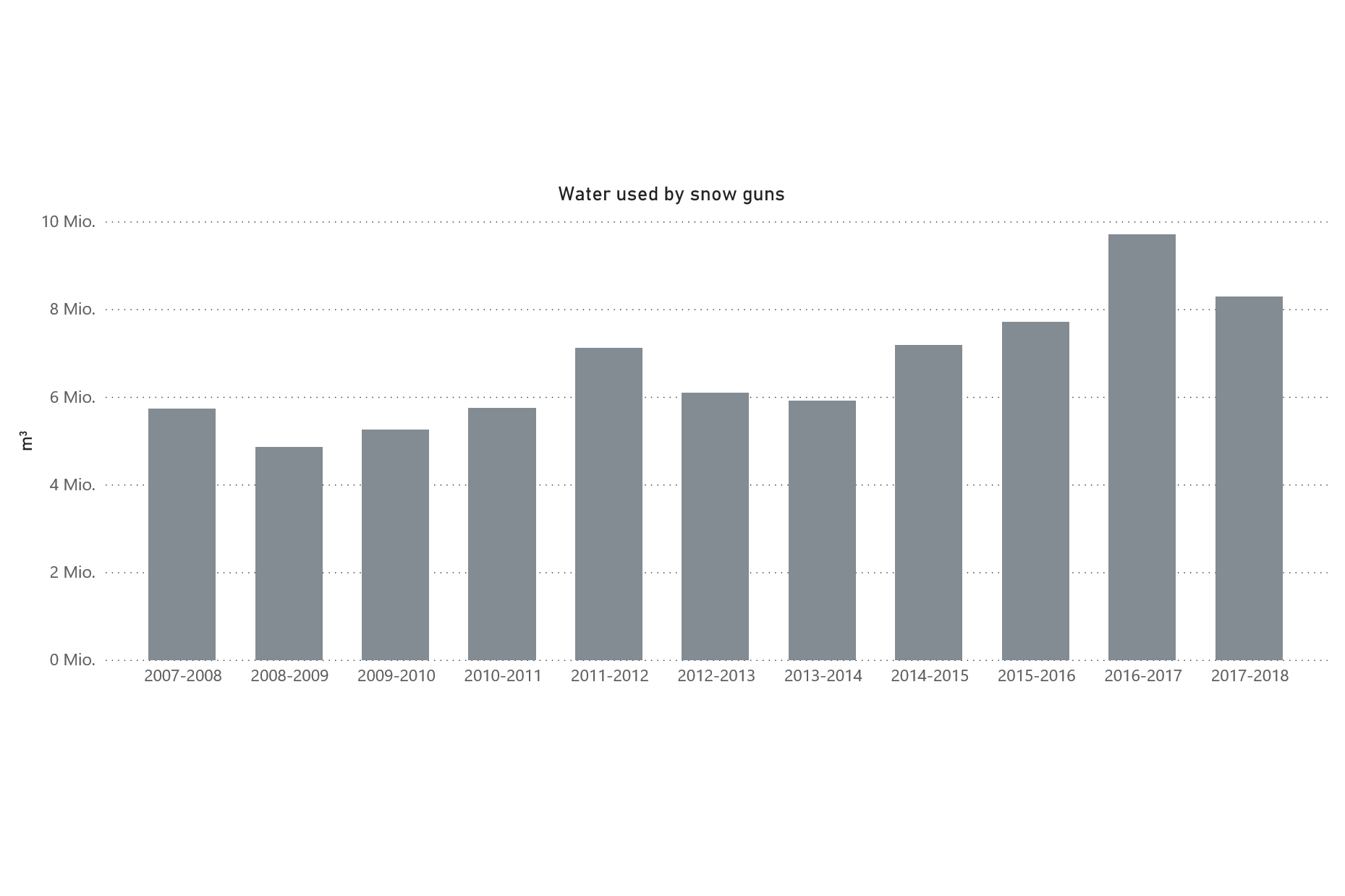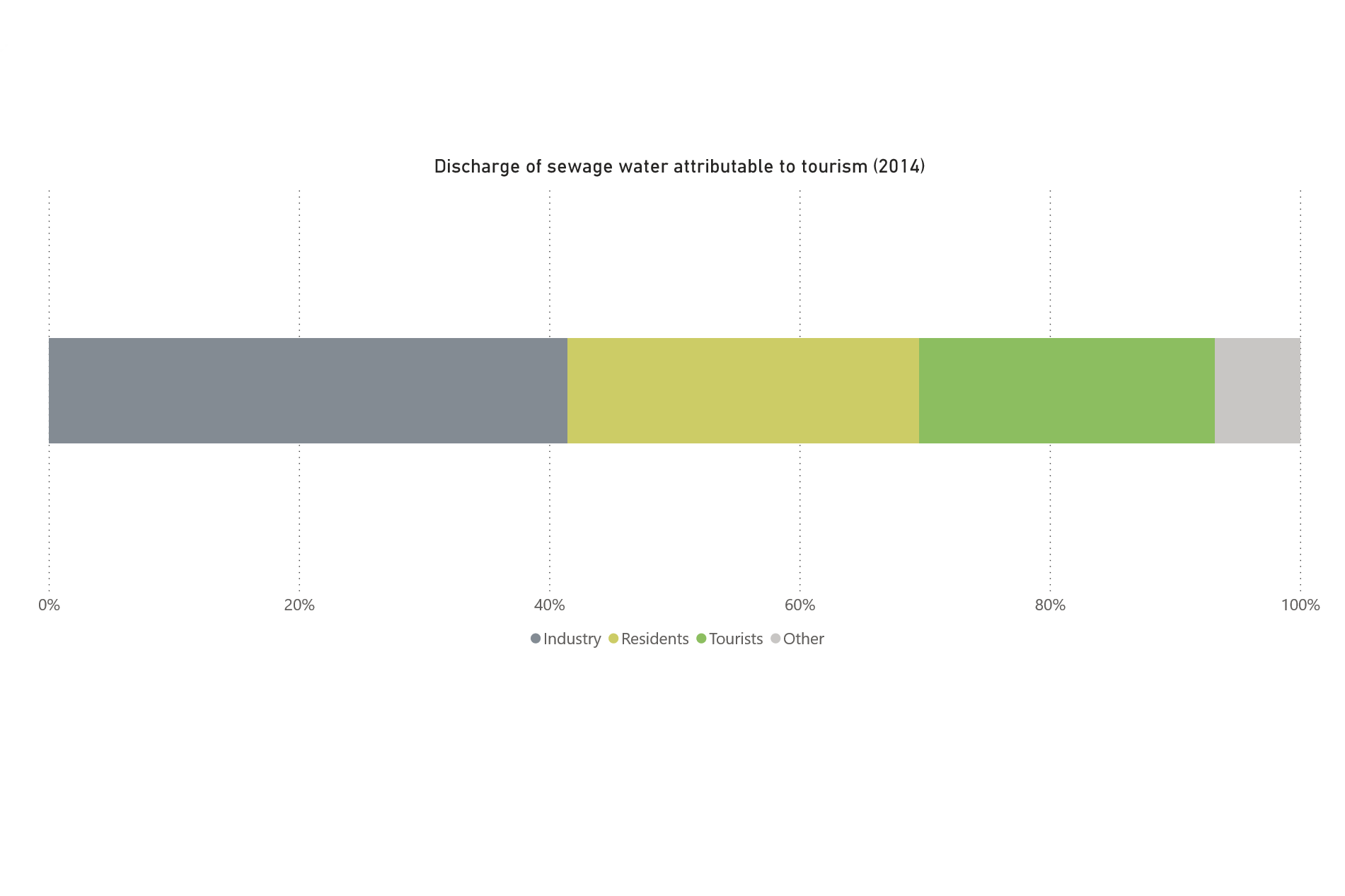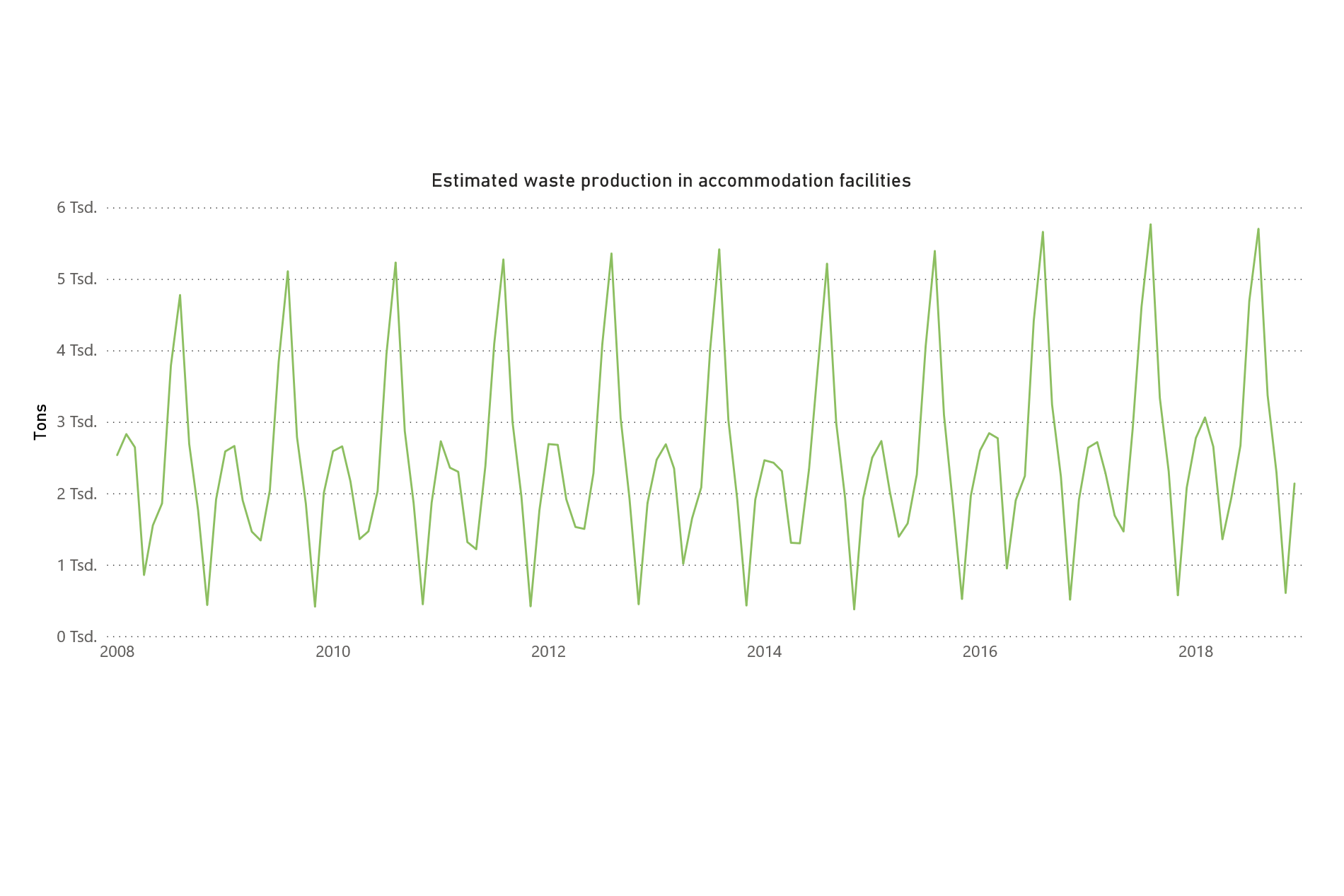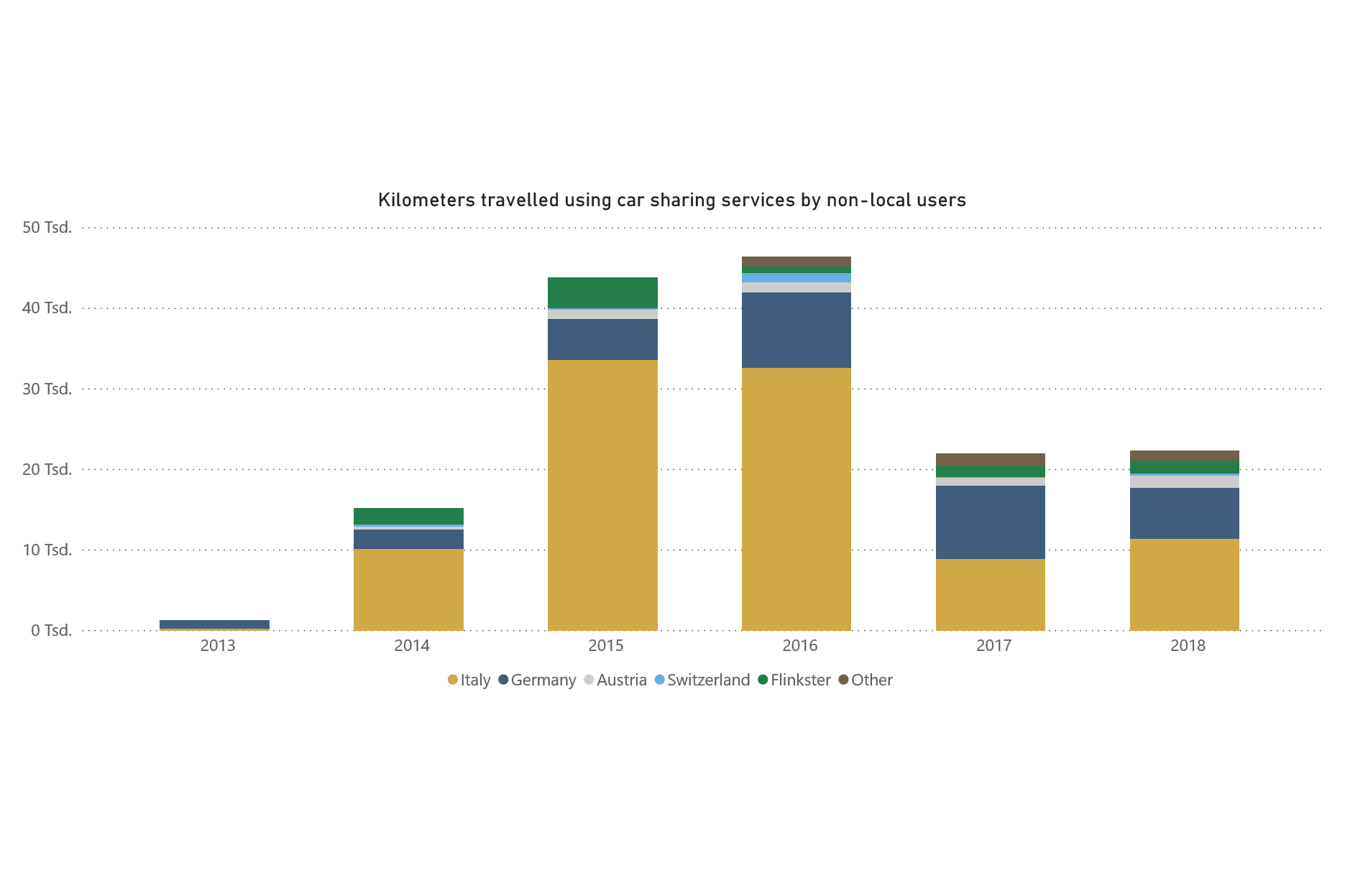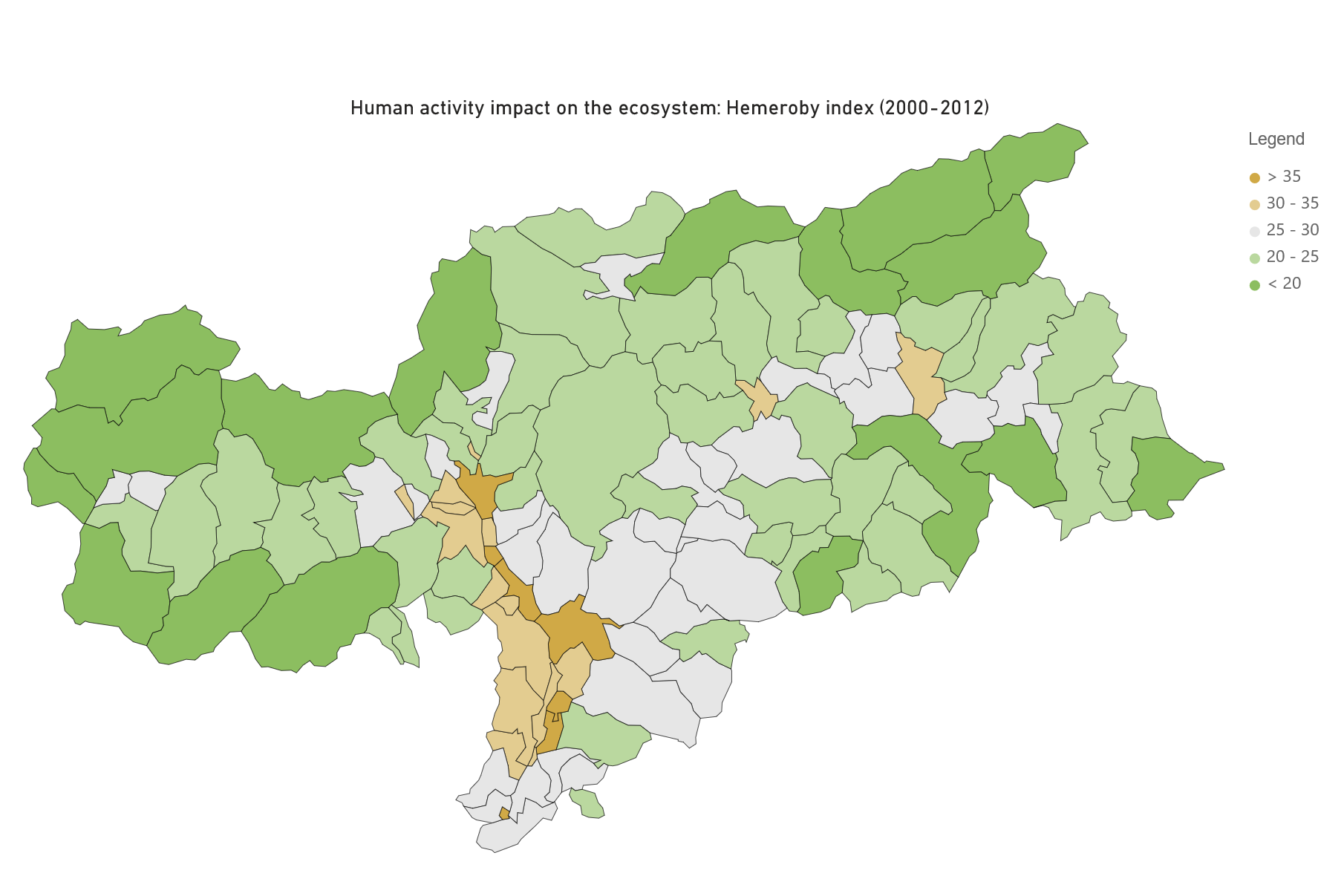South Tyrol produces most of its energy from renewable sources (hydroelectric power)1Legambiente 2018. Nevertheless, the tourism industry requires large amounts of energy to produce and provide its products, services and visitor experiences.
The energy consumption can be allocated either to mobile assets (mostly vehicles, but also, especially in alpine regions, cable cars, ski-lifts, and snow cannons), or to fixed assets (such as accommodation facilities, restaurants, and other buildings). Measuring the energy consumption in the tourism sector is tremendously difficult task, as, beyond the energy directly attributable to tourism, it is difficult to capture its indirect energy consumption, that is, the energy used in the production of goods and services whose use is shared with the local population.
Because of the lack of data, we currently focus on accommodation facilities, ski lifts, and snow cannons, areas in which the consumption of electricity is available. Moreover, we also monitor the number and geographical location of charging stations for e-mobility. However, we currently need to rely on rough estimates the track total energy consumption attributable to tourism over time.
MORE ABOUT ENVIRONMENT

Water Management
Various tourist activities, for example skiing or golf, require large amounts of water.

Wastewater Management
A high concentration of tourism in certain months of the year can lead to overloading of water treatment plants.
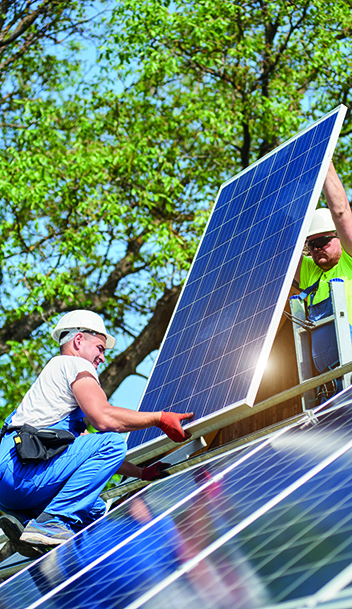

Waste Management
Sorting waste is more complicated in tourism, due to the use of single-dose products, but also due to tourists’ lack of knowledge of the specific rules for the separation of waste.

Mobility
In high season, individual mobility generates congestion and pollution, creating discomfort for residents and tourists.

Nature Conservation
The presence of protected areas guarantees greater sensitivity to the environment and more nature-friendly forms of tourism.


